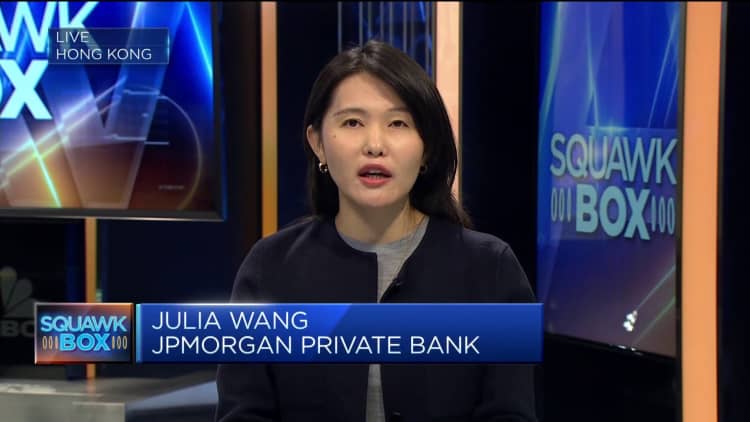
Although the Federal Reserve may cut interest rates this year, the dollar is expected to remain resilient.
Jackal Pan | Moment | Getty Images
Julia Wang, executive director and global market strategist at JPMorgan Private Bank, said Asian currencies may be “in trouble” this year despite signs that the Federal Reserve may cut interest rates soon.
Emerging market currencies tend to rise when the Fed cuts interest rates and when the Fed cuts interest rates. Dollar weaken.
But Wang said that may not be the case in 2024, as the dollar is expected to benefit from forecasts of a soft landing for the U.S. economy rather than a recession.
“The dollar will probably remain somewhat resilient,” Wang told CNBC’s Squawk Box Asia on Wednesday.
Saktiandi Supaat, head of foreign exchange strategy at Maybank, said that the end of this year will be the U.S. presidential election, and uncertainty about the Chinese economy may continue to support the dollar.
“Asian currencies are not appreciating and the dollar is actually positively correlated with the performance of U.S. stocks because it’s a soft landing narrative rather than a recession narrative surrounding interest rate cut bets,” Wang said.
However, Supat pointed out that Asian currencies did rise last year when markets expected the Fed to cut interest rates.

Acknowledging this as a “slightly contrarian view,” Wang said Asian currencies may be at a “disadvantage” and domestic demand in the region may be weaker than in a typical easing cycle.
Some analysts say Asian currencies such as the U.S. dollar RMB and indian rupee May strengthen on U.S. interest rate cuts later this year won Likely to be one of the main beneficiaries.
Simon Harvey, head of foreign exchange analysis at Monex, predicted that if the U.S. easing cycle is deeper, the won may rise by 5% to 10%, but if the cycle is shallow, the won may rise by 3%.
While many economists expect the Fed’s first rate cut to take place in June, JPMorgan predicts it may be “delayed,” but three rate cuts in 2024 are still possible.
Inflation in the United States rose again in February, with the consumer price index rising 0.4% that month and 3.2% higher than the same period last year.
“Inflation is somewhat sticky in the 2.5-3% range. This should give investors more reason to be cautious in making too many demands through interest rate cuts,” Wang said, adding that the bank’s investments remain For those who will benefit from global as well as U.S. growth and global manufacturing.
—CNBC’s Shreyashi Sanyal contributed to this article.





